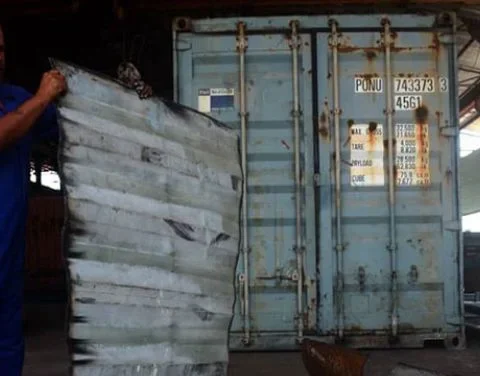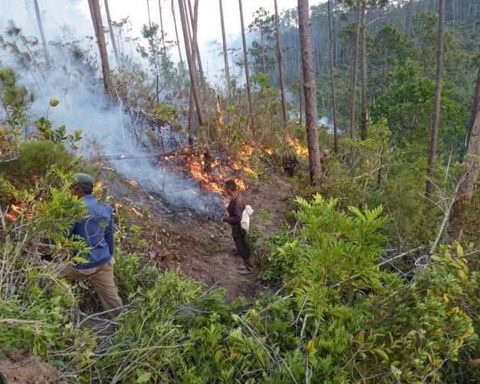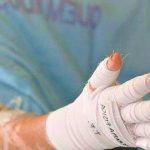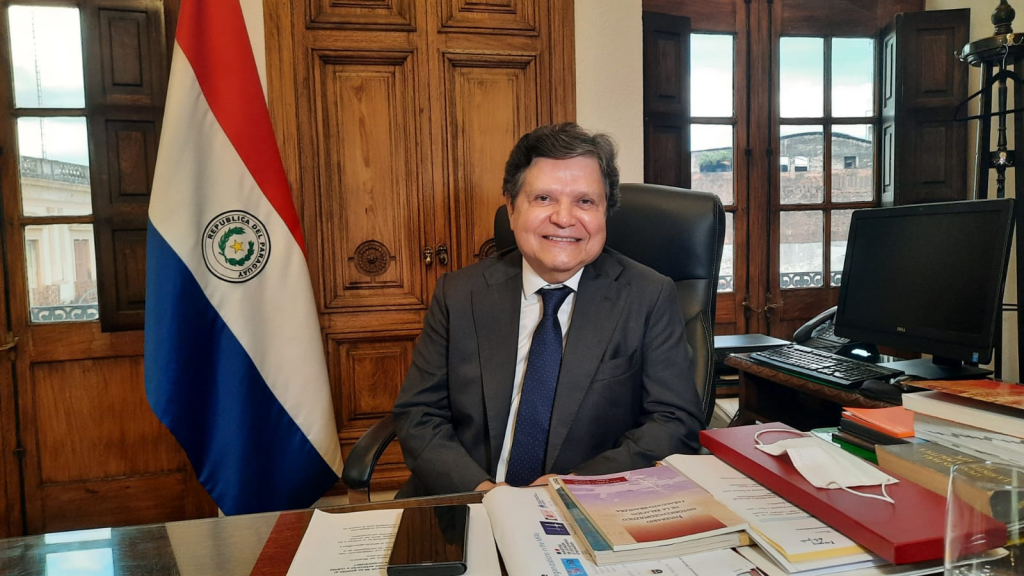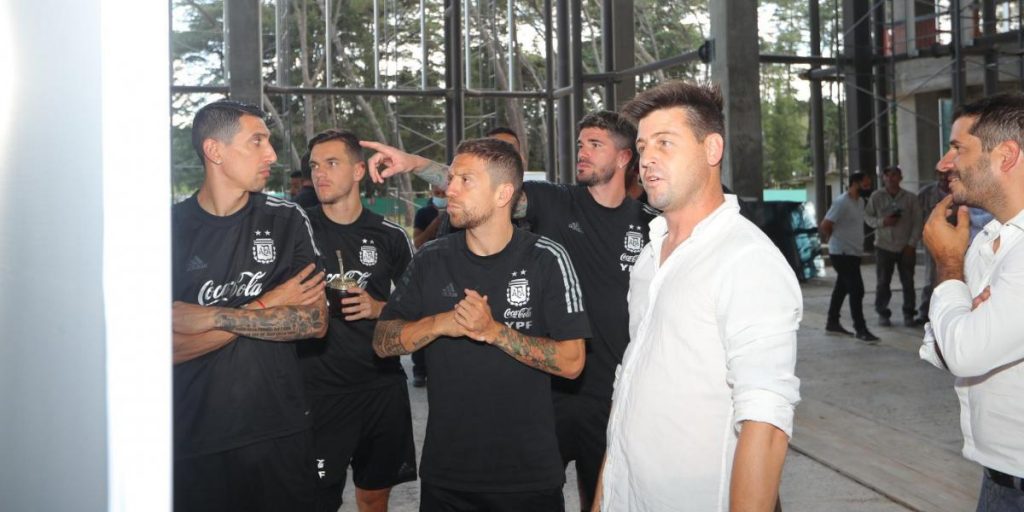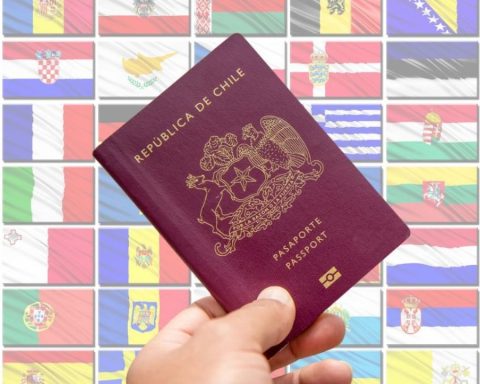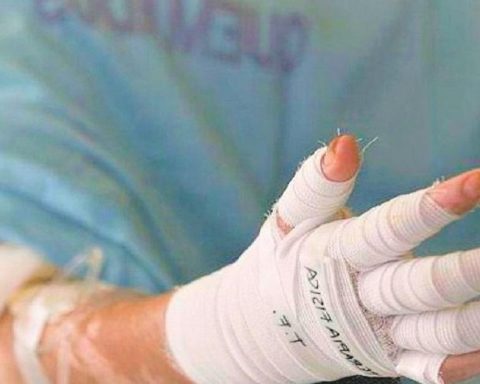Although symbolic for his early physical disappearance, Belkis Ayón exhibits today with all the flight of his work at the Reina Sofía Museum in Madrid, after Wifredo Lam.
To put the name of Cuba back into the sky, five years later a part of Lam’s work was exhibited in one of the most prestigious museums in the world, especially outstanding for its investigative spirit.

This is how “Belkis Ayón: Colographies” landed in the Spanish capital with a space full of mythologies, magnetism, imagination and talent that the author once summarized:
“Actually, the eyes in my work are what impresses people, what intrigues them, because they are eyes that look at you very directly.”
Presented by the director of the Museo Reina Sofía, Manuel Borja, and the curator of the exhibition, Cristina Vives, it is the first retrospective of the Cuban artist Belkis Ayón (Havana, 1967-1999) in Europe.
It brings together around 80 works produced between 1986 and 1999, which delve into the short but intense career of the artist, and which include a selection of approximately fifty colographs.

Colography is an unusual engraving technique, based on matrices constructed like collages, which Ayón developed to generate a unique artistic language characterized by a great wealth of nuances and textures.
On the third floor of the installation appears the space dedicated to the Caribbean artist from her first experiences with the Abakuá myth, as an imaginary that has accompanied her since the presentation of her thesis at the San Alejandro National Academy of Fine Arts in 1988.
Also outstanding are the series with a marked scenographic character and large-format works that represent a multitude of characters and pass through a complex visual and symbolic universe that syncretizes Abakuá mythology and ritual.
He possesses the profound strength of his work but also the fragility of the colographic matrices and his well-preserved works come from Havana, thanks to the dedication and dedication of his family to keep them in good condition, commented curator Cristina Vives.
He also explained that in the Madrid exhibition there are three unpublished pieces found in Italy and is a reflection of the multiple dimensions of the author who built a universal discourse against marginality, frustration, fear, censorship, intolerance or violence.
According to experts, much of Ayón’s work focuses on his reinterpretation of the mythical Abakuá iconography, an Afro-Cuban secret society and mutual aid, whose symbolic universe he appropriates to re-signify it.
Ayón made large-format colographs for the first time in 1988, assembling up to nine printed sections that were presented in the exhibition Proposed at Twenty Years, held in a gallery in Havana.
From there, he built a brilliant career that included works such as La cena; Nlloro; Consecration I, II and III; Hold me in pain; Restlessness / Restlessness or My Vernicle, all in some way linked to his approach to religion and Abakuá.
